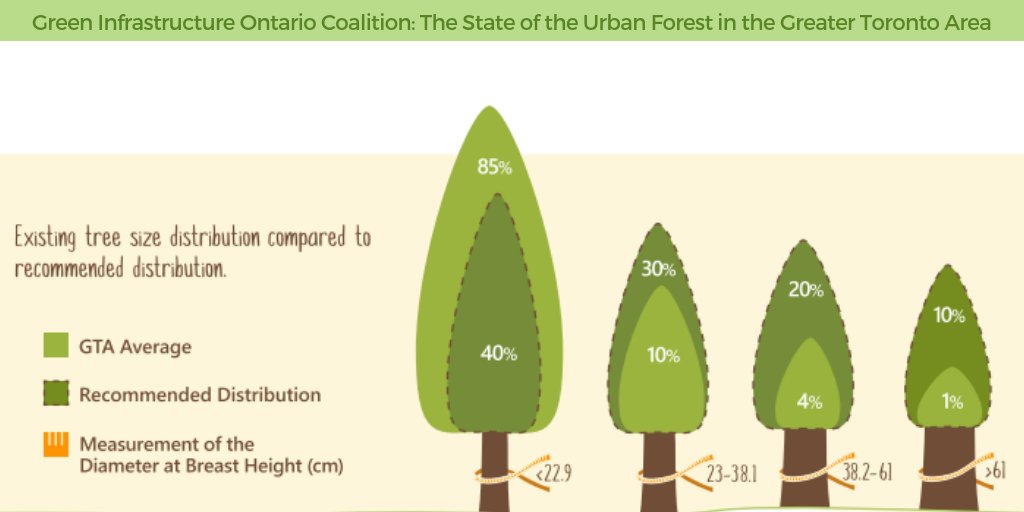Acknowledging The Demand For Tree Elimination: An Overview For Homeowners
Acknowledging The Demand For Tree Elimination: An Overview For Homeowners
Blog Article
Authored By-Hermansen Crowder
Trees include beauty and worth to property, yet they can additionally present a risk throughout extreme weather condition occasions. If a tree has quit expanding, is displaying noticeable fungal growth, or has a leaning trunk, it must be gotten rid of by an expert to prevent building damage and injury.
To find out more, attend a property owner resource reasonable co-hosted by HPD, the Center for NYC Neighborhoods, and Brooklyn-based housing companions this evening in Bedford-Stuyvesant. The occasion will certainly include the Property owner Manual, a new overview to assist homeowners navigate the obligations of having a home.
1. Dead or Dying Branches
Trees are an essential part of your home's landscape, providing shade and beauty. They also supply shelter for wild animals and create oxygen, but even healthy and balanced trees can experience health issue that may require their elimination. Dead or dying trees aren't just undesirable, they can be hazardous. Their branches could fall during a storm, causing pricey home damage and injuries.
When a tree's branches begin to pass away, it suggests that its structure is beginning to break down. If the majority of its branches are dead, it is likely time to remove it.
Look for a lack of new development, bark peeling, open injuries or cavities, fungi growing on the trunk or origins and a basic look of degeneration in the whole cover. These indications of infection can indicate a serious problem that will certainly need specialist tree solutions to fix.
2. Leaning Trunk
While it's normal for trees to lean periodically due to phototropism, if a tree has an unsafe or serious lean that's not because of natural processes - maybe an indication that the tree needs to be eliminated. If south auckland landscapers is favoring a power line, home, vehicle, play structure or any other area that could be unsafe to individuals if it falls, then contacting an expert tree service for elimination must be a top concern.
It's likewise important to expect any kind of sudden changes in a tree's leaning as it can indicate damage to the roots or trunk that might bring about dropping. Get the facts is particularly real during stormy weather, considering that high winds and rain-soaked soil can cause a lean to transform swiftly. Regular monitoring, particularly during and after storms can help homeowners identify potential problems with their trees so they can call an arborist for a comprehensive examination.
3. Pest Infestation
Some pest invasions, such as wood-boring insects like emerald ash borer or sap-suckers like range bugs, are so severe that they can trigger a tree to die. The very best method to stop pest problem is to check your trees often. Try to find spots, holes, or stainings in the leaves and bark. Check out the trunk for fractures and signs of insect damage, such as tunnels or tracks.
If a tree ends up being as well plagued with insects, or is close to a home or high-voltage line, an arborist may recommend removal. If a leaning tree develops a new, unsteady lean, an arborist will likely suggest removal also to guarantee the security of people and building. If a weakened or dead tree continuously drops too much branches, it is an indicator that it is time to eliminate the tree. If a tree continues to drop branches for an extensive amount of time, it might result in structural problems and potential residential property damage.
4. Harmed Trunk
Trees are a gorgeous and integral part of our landscape, yet they do need routine care to maintain them healthy and safe. If a tree is harmed beyond repair it is likely time for it to find down.
Seek indications of damage to the trunk, including vertical fractures, seams, dead branch stubs, visible wounds or open cavities and serious tree-rot. https://www.realtor.com/advice/home-improvement/backyard-renovation-cost/ of fungis at the base of the trunk is one more cautioning sign. Fungis may indicate that the phloem and xylem (life-support tissues) are compromised, permitting the spread of condition or a future failure.
Also, take into consideration whether the tree has actually stopped growing. Healthy and balanced trees will have new growth annually, which might show up as buds or branches growing and expanding. If you do not see any kind of new development, it's an excellent concept to have an arborist evaluate the tree and follow their recommendation for elimination. A dying or harmed tree can fall and trigger building damage.